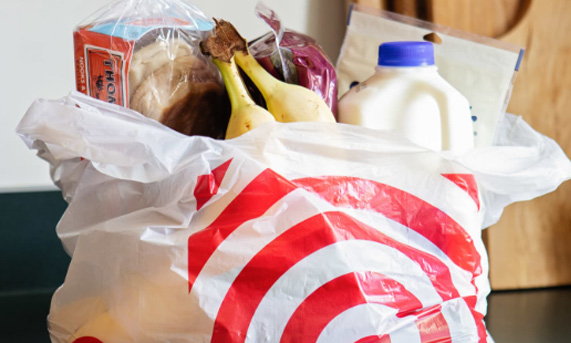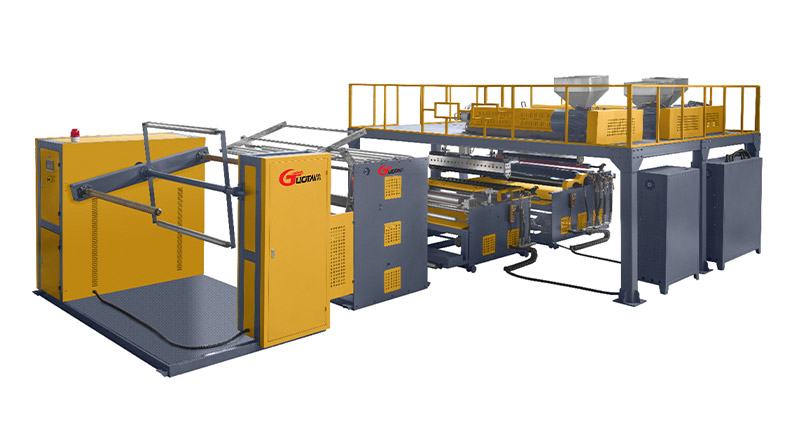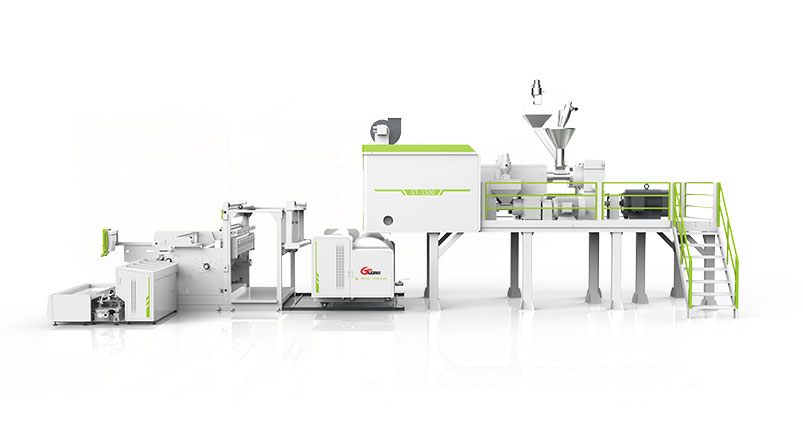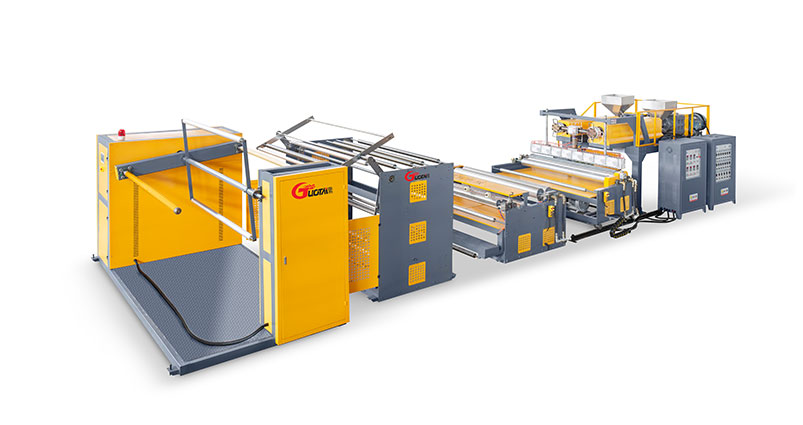Is plastic bag business profitable?
Yes, the plastic bag business is profitable, I analyze from the following factors:
Why It Can Be Profitable:
Ⅰ. High Demand
- Plastic bags are used in retail, packaging, food services, agriculture, and more.
- Developing countries, in particular, still heavily rely on plastic bags due to cost and convenience.
Ⅱ. Low Production Cost
- Raw materials like polyethylene are relatively cheap in bulk.
- High-speed machines (e.g., automatic bag-making machines) increase efficiency and reduce labor costs.
Ⅲ. Scalable Business
- You can start small and scale up gradually.
- Custom printing and biodegradable options allow higher margins.
Ⅳ. Niche Opportunities
- Special bags: garbage bags, courier bags, T-shirt bags, drawstring bags, compostable bags, etc.
- Branding or eco-packaging bags for companies.

Challenges & Considerations:
Ⅰ.Government Regulations
- Many countries/states are banning or restricting plastic bags. Check local laws.
- You may need to shift to biodegradable or compostable materials.
Ⅱ. Market Saturation
Basic plastic bag markets are competitive with thin profit margins unless you differentiate.
Ⅲ. Initial Investment
- Bag making machines, printing machines, raw materials, labor, and electricity require capital.
- Maintenance and skilled operators are needed for smooth operation.
Ⅳ. Environmental Pressure
Growing awareness of plastic waste may reduce demand in certain segments.
Tips for Higher Profitability:
- Offer custom printing or branding services.
- Manufacture eco-friendly or biodegradable bags.
- Target wholesale or export markets.
- Focus on value-added products like zip-lock, courier, or shopping bags.
Example Profit Snapshot (simplified):
|
Item |
Cost per 1,000 Bags |
|
Raw Material |
$15–20 |
|
Electricity & Labor |
$5–10 |
|
Packaging & Transport |
$2–5 |
|
Total Cost |
~$25–35 |
|
Selling Price |
$40–60 |
|
Profit Margin |
~30–60% |
(Actual values vary by region, scale, and product type.)
Verdict:
Yes, the plastic bag business can be profitable—especially if you adapt to market trends (e.g., sustainable materials), manage costs, and find the right customers.
For You!







